12 Tips For Maintaining Long Hair – A Definitive Guide
Here are the simplest of ways to achieve and maintain hair that falls below your shoulder level.
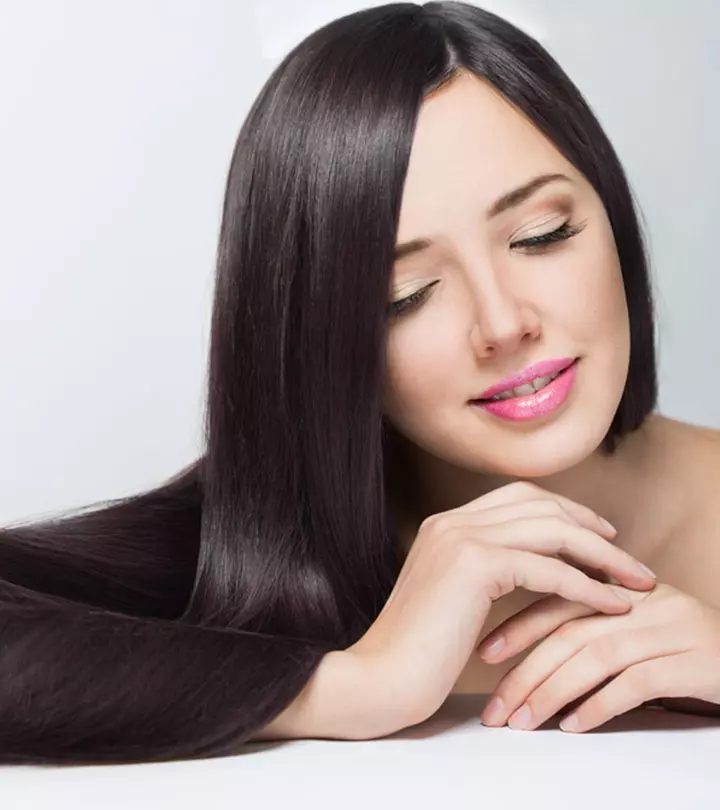
Image: Shutterstock
Is getting Rapunzel-like healthy and luscious tresses on your bucket list? If yes, we are sure you will appreciate some tips for long hair based on scientific studies. Many of us love to adorn a long hair look, but the hair maintenance associated with them push us back from doing it. Long hair is prone to more damage compared to shorter haircuts. It also needs more care and nourishment. To help you realize your dream of sporting long and healthy hair, we have provided some amazing tips to maintain your mane without the trouble of damage. So, what are you waiting for? Let’s dig in.
In This Article
12 Tips For Long Hair
Here are some good hair care tips and tricks to maintain the shiny and lively condition of your long tresses.
1. Focus On Scalp Care
It all starts with your scalp. A healthy scalp creates the environment for healthy hair – it impacts the hair lengthening rate and hair health. Taking good care of your scalp helps blood and nutrients reach the hair follicles, resulting in stronger hair and lesser hair loss.
Wash your scalp with gentle shampoos to get rid of the oil, dirt, and product buildup. Make sure you massage the scalp while shampooing to increase blood flow and stimulate the hair follicles. You can also go for scalp massages for a rejuvenating experience.
In a study to understand the role of scalp massages for scalp health, 340 respondents were surveyed. With an 11-20 minutes daily massage for an average of 7.4 months, 68.9% of the respondents reported hair loss stabilization or regrowth. According to the average reports, the participants noticed evident results after approximately 36.3 hours of scalp massage.
So, make sure that you pay attention to and pamper your scalp as part of your daily hair care routine.
2. Oil Your Hair Twice A Week
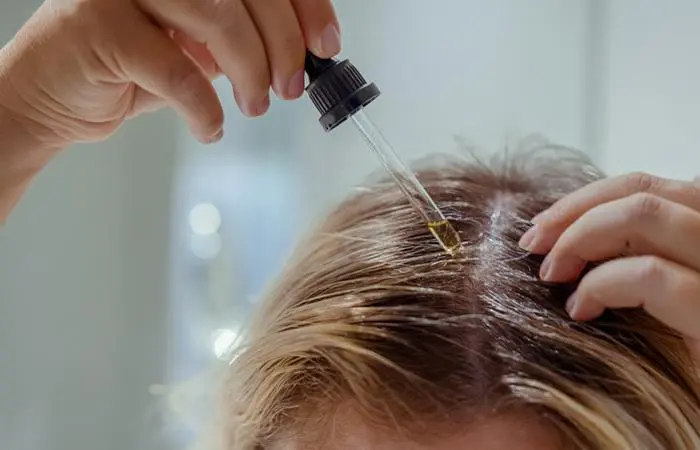
Using a hot oil massage to prevent hair loss is one of the best home remedies to maintain the health of long hair. It not only offers relaxation but also enhances hair thickness (1). Oiling the roots provides nutrition and helps your hair grow long and strong. It also helps rejuvenate dead hair shafts.
Use coconut, lavender, or almond oils to massage your scalp and promote hair growth. Here’s what you can do:
- Apply hot (warm) oil to the scalp and massage gently with your fingertips.
- Oil your hair and let it soak.
- Wrap a hot towel around the head for 10 minutes for better absorption of the oil into the hair. Leave it on for 1-2 hours.
- Wash your hair with cold water and mild shampoo.
3. Cut Down The Frequency Of Shampooing
The purpose of shampoo is to eliminate dirt and product buildup from the hair and scalp. But using it daily can make your hair dry, frizzy, brittle, and prone to breakage. Certain shampoos contain sulfates, and their excessive use might damage your hair. Hence, choose a sulfate-free shampoo based on your hair needs and type. Make sure it is mild to avoid stripping hair’s natural oils.
Be gentle while shampooing – lather at the scalp and let the suds slide down the hair. Your hair becomes softer while wet, and rubbing the shampoo harshly on soft hair can lead to breakage.
4. Dry Your Hair Gently
Drying your hair roughly with a towel increases the chances of breakage. Use a soft towel or an old T-shirt to pat your hair and air dry it.
Do not use bath towels to dry your hair as they make your hair rough and create tangles, frizz, and flyaways. Instead, use microfiber towels that are thin and have high water-absorbing power. They also reduce the drying time of your hair.
5. Use A Wide-Toothed Comb

Long hair is susceptible to tangles, but brushing it daily helps remove snarls and large knots. Use a wide-toothed comb for your hair. When your hair is dry, start combing it from the bottom and then work up gradually. This detangles the knots and prevents pulling, damage, and hair fall.
Boar bristle brushes are suitable for distributing the scalp’s natural oils throughout the hair. Brush your hair before bedtime for better blood circulation to the scalp while sleeping.
Wet hair tends to stretch more than dry hair and breaks easily. Thus, avoid brushing your hair while it is wet. If you want to detangle it, work through the knots gently with your fingers.
6. Trim Your Hair Regularly
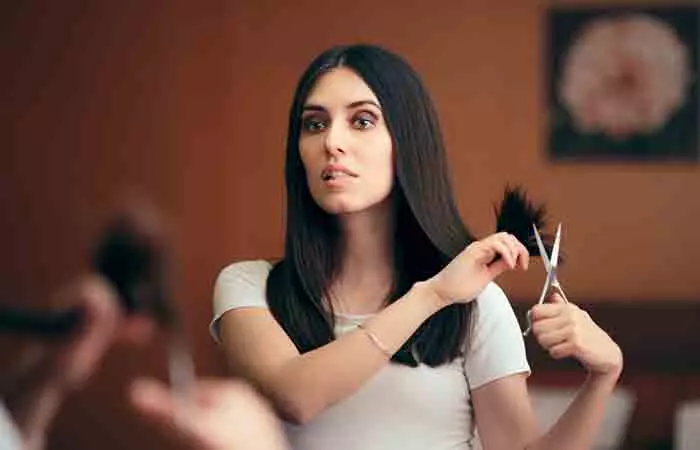
While it might seem counterintuitive, trimming your hair and regular intervals can help you get rid of split ends and breakage that make your hair look dull, rough, and thin. Trim your hair every six to eight weeks to ensure minimum damage and promote healthy hair growth.
Kaylynn Spaulding, a blogger, explained how she grew her hair about 12 inches. In her blog, she provides a ton of tips, with the first being about the virtue of patience and the second about haircuts. She writes, “If you want long hair, stop cutting yours. I’m not talking about getting trims, because that’s necessary to relieve your split ends, but constantly cutting inches off your hair isn’t going to help you get long hair. In my case, I trimmed my hair MAYBE 3 times a year (i).”
7. Ditch Your Cotton Pillowcase
Cotton pillowcases are one of the reasons for messy and tangled hair in the morning. Instead, use satin and silk fabrics as they are soft and cause lesser friction than cotton. These fabrics may help prevent split ends and tangled hair. Also, cotton is more porous than silk, and it absorbs moisture from your hair, leaving you with dry strands or flaky scalp. Silk pillowcases ensure your hair moisture is intact and help preserve your hairstyles for a longer time.
8. Cut Back On Heat Styling Tools
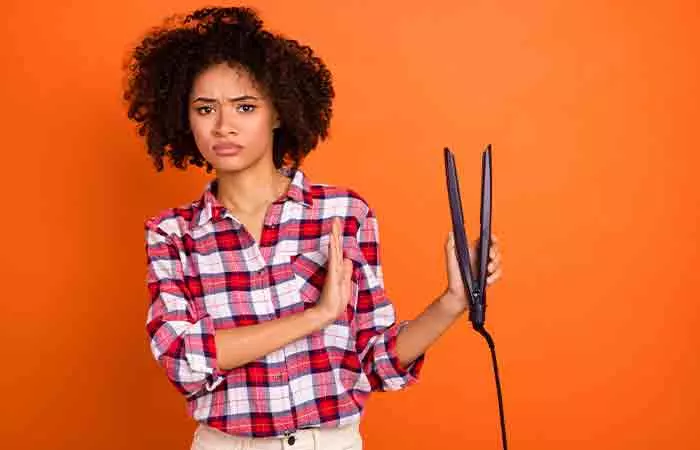
Overuse of heat styling tools like straighteners and curling wands can damage your hair. These tools reduce the thickness and shine of the hair, making it dull and dry. Hence, cut down on the use of these tools. Instead, twist your wet hair with a towel to curl it without using any heat.
If you cannot avoid heat styling altogether, make sure to use a heat protectant. This product forms a protective barrier on the hair shafts, preventing damage and ensuring a sleek and frizz-free hairstyle.
9. Change Up Your Hairstyle
Ponytails and similar hairdos look awesome, but tight hairstyles create stress on the roots and lead to hair breakage. Try loose hairstyles to avoid tension on the cuticles. A loose top knot or braids are amazing to showcase long hair. Also, use hair bands that do not pull at the roots.
 Quick Tip
Quick Tip10. Choose Nourishing Hair Products
Long hair needs special nourishment. Shampoos, conditioners, styling, and hair treatment products with chemicals can have adverse effects on the hair in the long run. Prolonged exposure to chemicals and their buildup is detrimental to your hair health. To avoid this, use mild, lightweight shampoos and conditioners to hydrate the hair. Also, use a heat protectant spray before blow drying or styling to create a barrier between the hair and heat styling tool.
11. Maintain Proper Diet
Maintaining long hair requires more than just using the right products. You also need to feed your hair with the right nutrients. Consume foods that are rich in the following nutrients:
- Protein: The hair follicles are made of protein, the lack of which can lead to hair loss (2). Hence, consume protein-rich foods, such as eggs, legumes, yogurt, and fish, to maintain long hair.
- Vitamins: Vitamins B, C, D, and E help prevent hair loss and premature graying of the hair (2). Hence, include green leafy vegetables, avocados, sunflower seeds, almonds, spinach, liver, egg yolk, citrus fruits, and tomatoes in your diet.
- Omega-3: Omega-3 fatty acids promote hair growth and prevent hair loss. They provide essential nutrients to your hair and hydrate your scalp and hair (3). Fatty fish (like salmon, mackerel, herring, and trout), flaxseeds, chia seeds, oats, avocado, walnuts, and pumpkin seeds are rich sources of omega-3 fatty acids.
12. Stay Hydrated

Dehydration can lead to skin and scalp dryness and make your hair brittle, frizzy, and limp. Drinking water contains trace elements like zinc, copper, iron, and calcium that affect hair health. It also strengthens the roots and prevents breakage.
 Quick Tip
Quick TipKey Takeaways
- Long hair is more prone to damage and hair fall.
- Maintaining long hair needs a sound hair care routine, including oiling, maintaining a proper diet, and hydrating.
- In addition, you should reduce the usage of heat styling tools, chemical-laden products, and frequency of shampooing.
Infographics: 6 Tips For Maintaining Long Hair
Long hair requires special care and attention. You need to take good care of your scalp by using appropriate hair products and eating a balanced diet. At times, excessive hair damage is the result of underlying health problems. Worry not! The infographic below lists a few ways you can take care of your hair and prevent damage. Check it out!

Illustration: StyleCraze Design Team
Long hair demands extra attention to seem healthy and shiny. Maintaining your long hair can be as simple as taking care of your scalp, using the appropriate hair products, and eating a balanced diet. Follow the tips for long hair listed above to maintain your lustrous and silky locks. If you believe your hair is severely damaged and the condition of your hair does not improve after following the measures mentioned above, you should consult a doctor. Excessive hair loss or damage can sometimes result from underlying health problems. Only a medical professional can give an accurate diagnosis and assist you in overcoming the issue.
Frequently Asked Questions
How should I sleep with long hair?
Brush your hair and wrap a silk scarf around your head to protect the hair. You can also tie it with a silk or satin scrunchie. Avoid letting your hair down as it may tangle while you sleep, and the friction may lead to breakage during the night.
Does long hair cause hair loss?
No. Keeping your hair long won’t cause hair loss. However, improper hair care may damage your long hair, affect the roots, and lead to hair fall.
Is long hair healthy?
Hair health has nothing to do with its length. Both long and short hair is healthy when appropriately maintained.
Does long hair cause pimples?
No. Long hair is not a direct cause of pimples. However, if you use hair styling products and sweat profusely, the natural oils and product buildup may clog the pores and cause pimples along the hairline and scalp.
Illustration: Best Tips For Long Hair

Image: Stable Diffusion/StyleCraze Design Team
Unlock the secrets to long and healthy hair with 12 amazing tips! Say goodbye to hair woes and hello to your dream locks. Watch this video to embark on your hair transformation journey!
Personal Experience: Source
StyleCraze's articles are interwoven with authentic personal narratives that provide depth and resonance to our content. Below are the sources of the personal accounts referenced in this article.
i. How I Grew My Hair 12 Incheshttps://medium.com/@kaylynnspaulding/how-i-grew-my-hair-12-inches-f1a12f3b9d4a
References
Articles on StyleCraze are backed by verified information from peer-reviewed and academic research papers, reputed organizations, research institutions, and medical associations to ensure accuracy and relevance. Read our editorial policy to learn more.
- Standardized scalp massage results in increased hair thickness by inducing stretching forces to dermal papilla cells in the subcutaneous tissue
https://www.ncbi.nlm.nih.gov/pmc/articles/PMC4740347/ - Diet and hair loss: effects of nutrient deficiency and supplement use
https://www.ncbi.nlm.nih.gov/pmc/articles/PMC5315033/ - Mackerel-Derived Fermented Fish Oil Promotes Hair Growth by Anagen-Stimulating Pathways
https://www.ncbi.nlm.nih.gov/pmc/articles/PMC6164340/
Read full bio of Dr. Shruti Chavan
Read full bio of Arshiya Syeda
Read full bio of Eshna Das
Read full bio of Swathi E







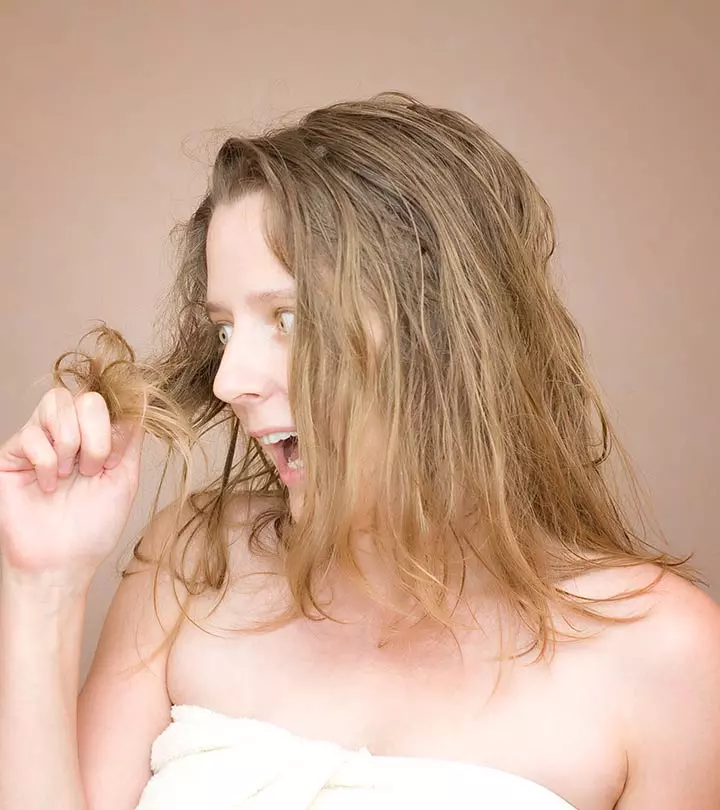
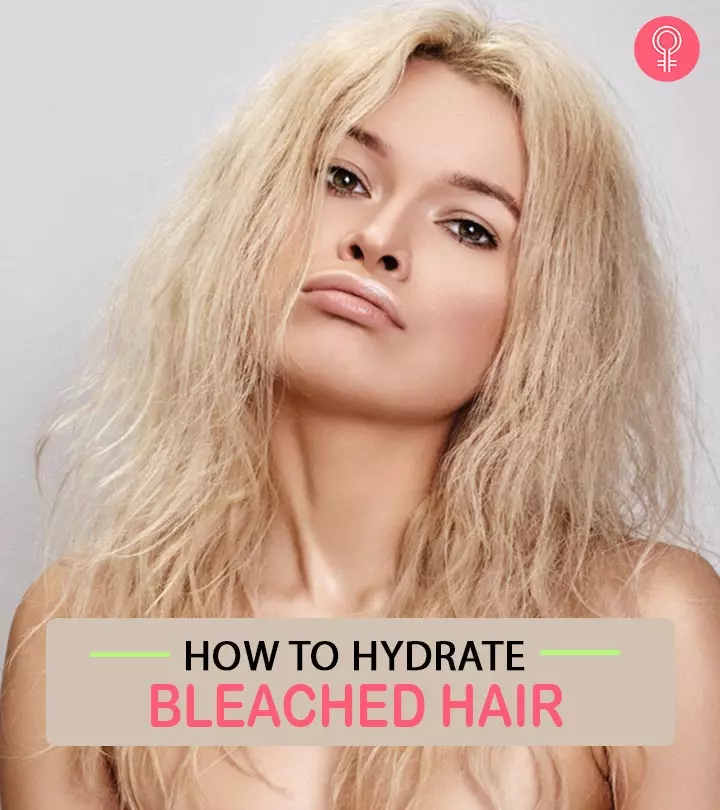

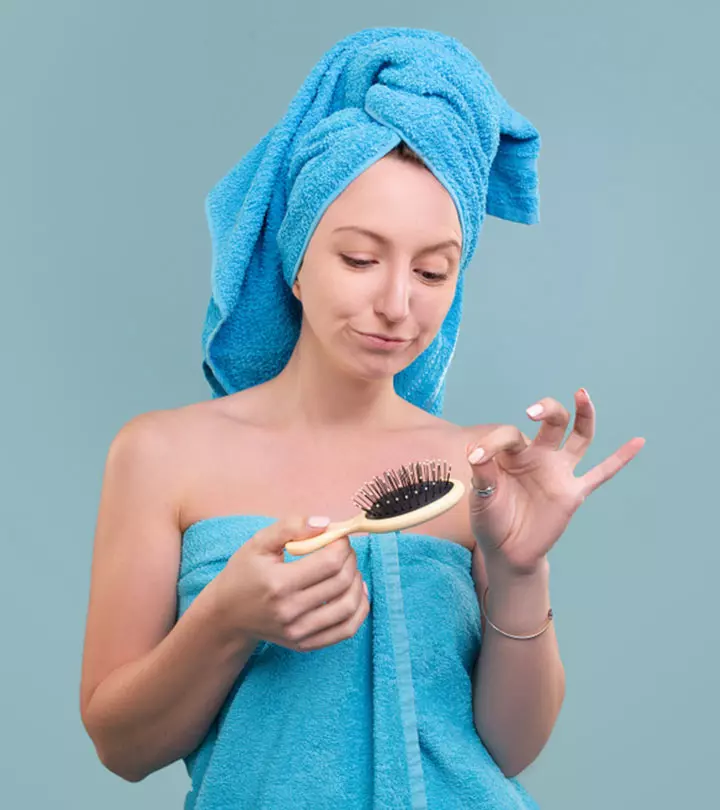
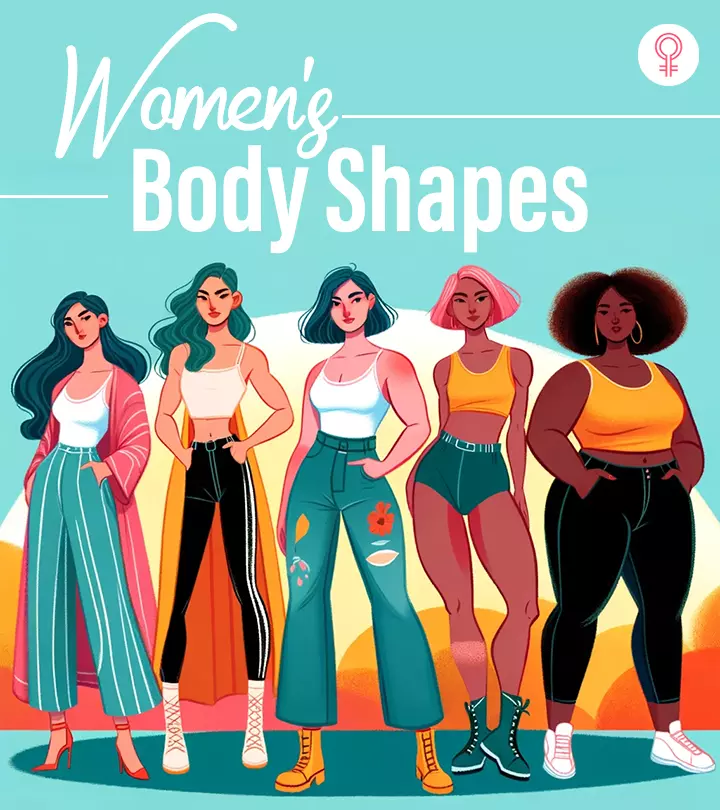



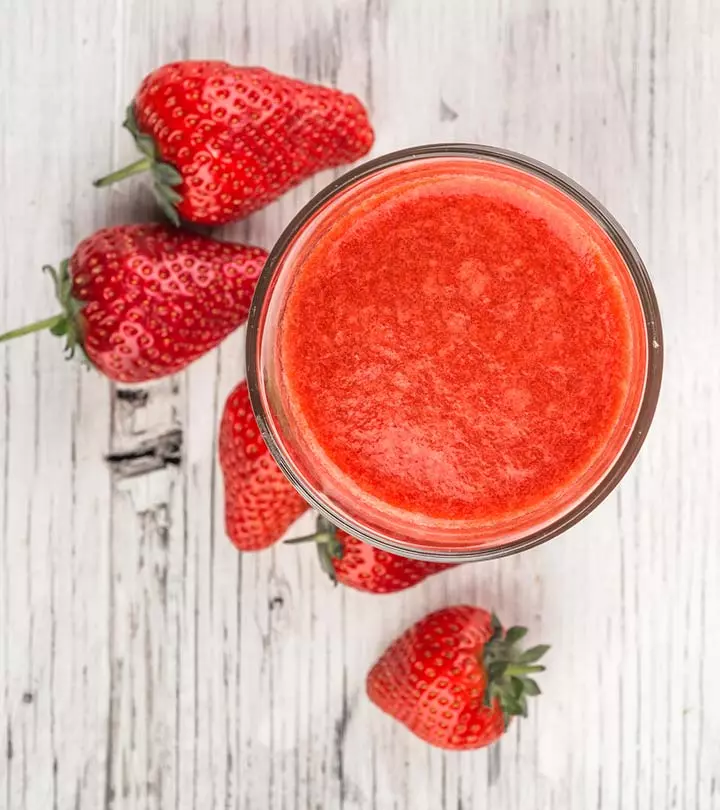
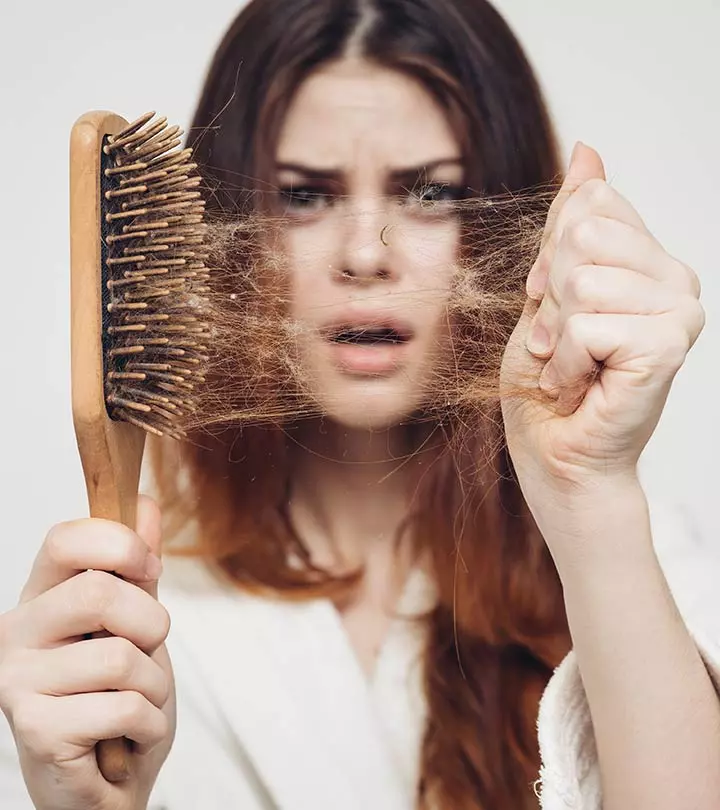


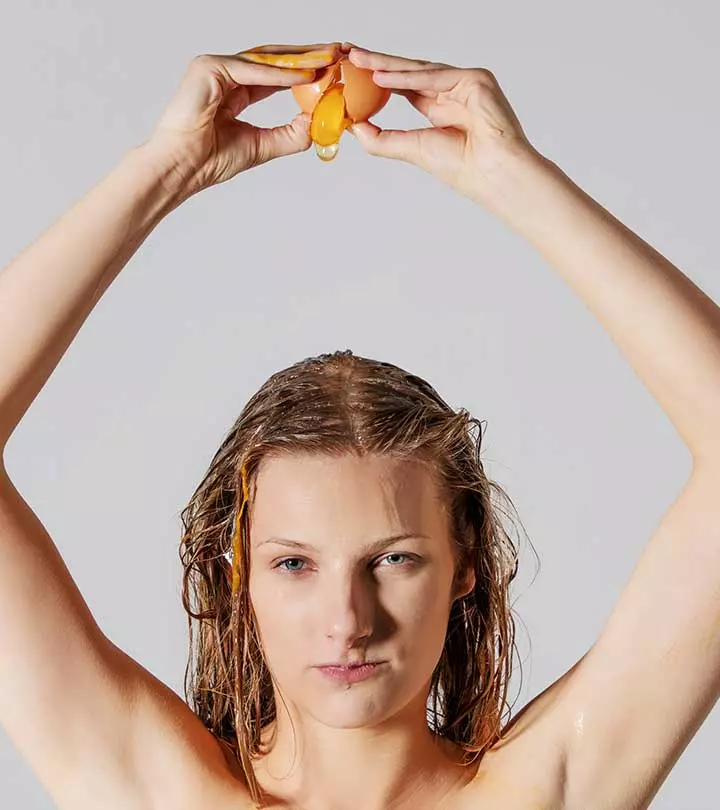

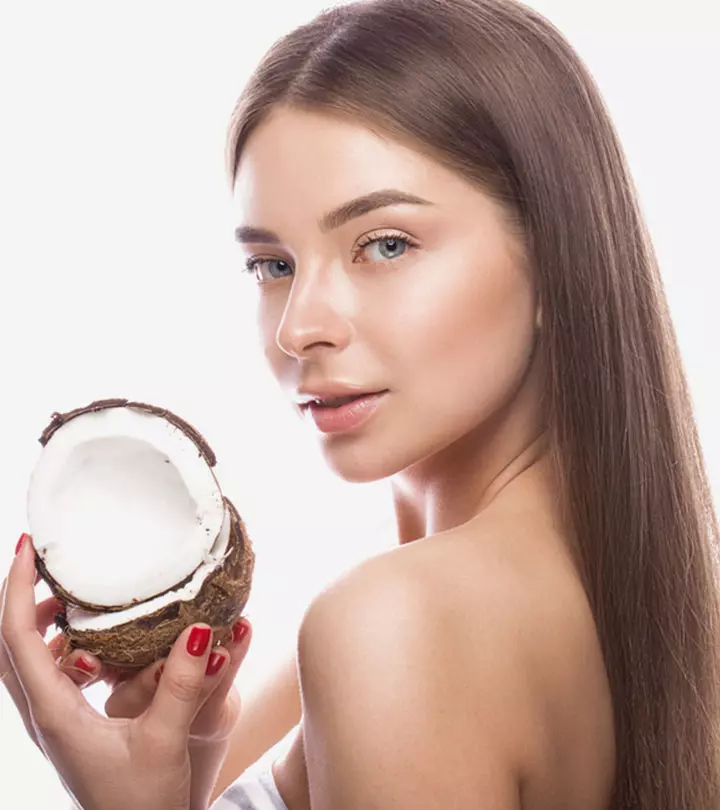
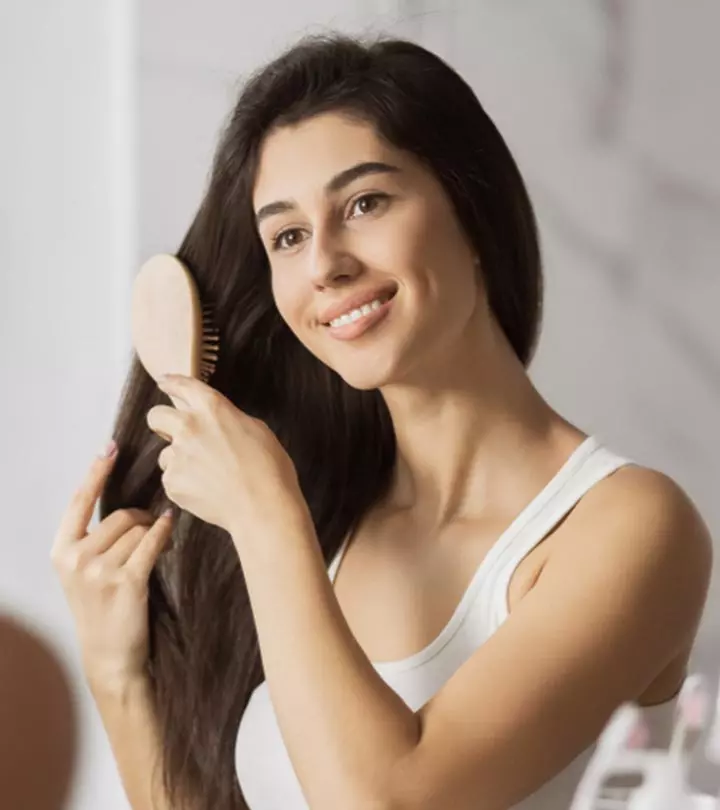
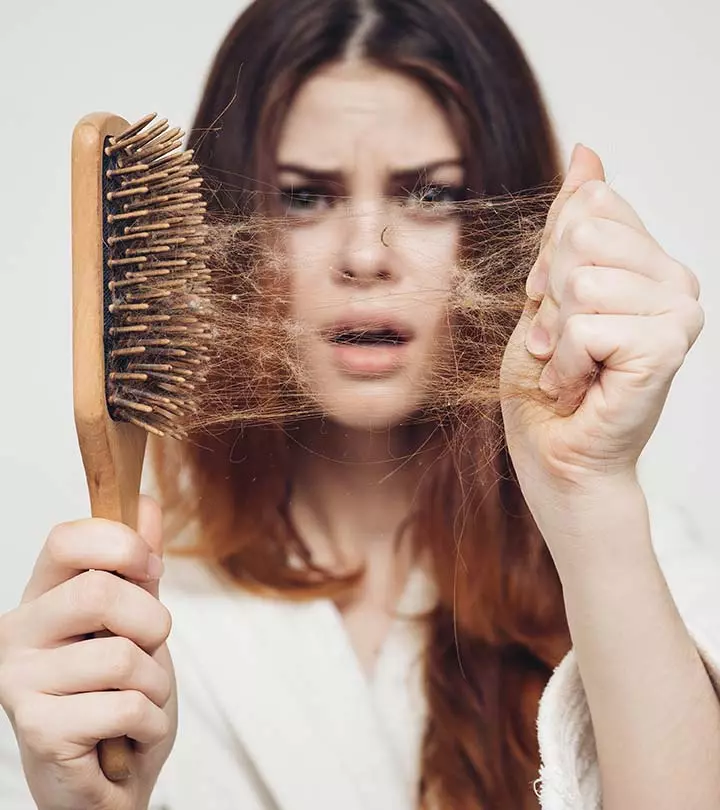


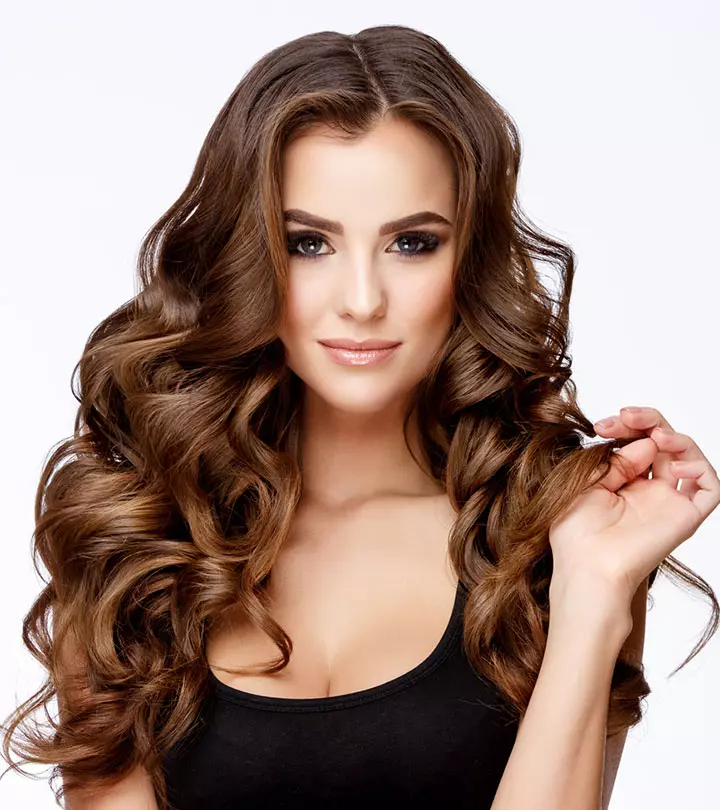
Community Experiences
Join the conversation and become a part of our empowering community! Share your stories, experiences, and insights to connect with other beauty, lifestyle, and health enthusiasts.